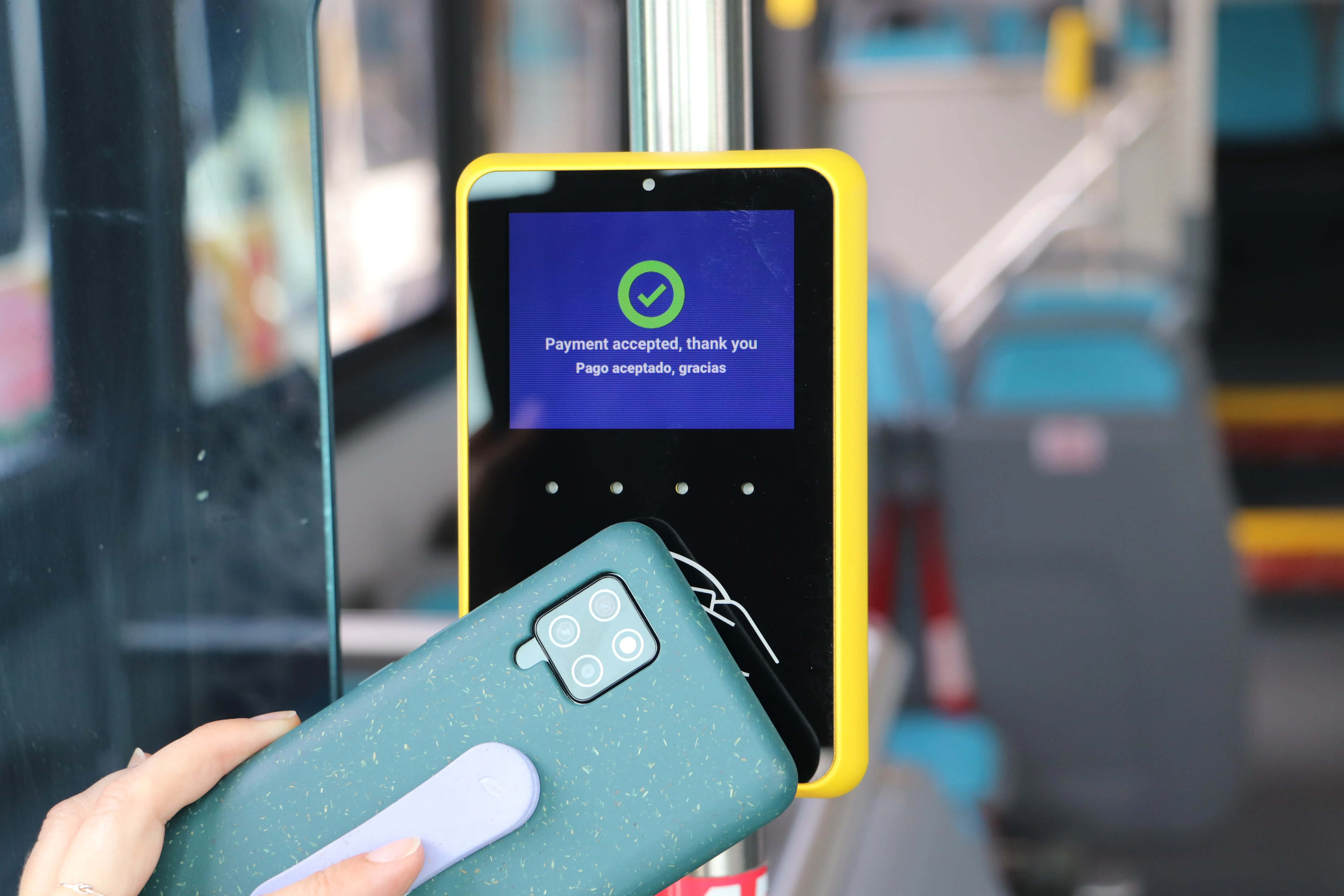Electronic toll collection has gone live on the I-580 express lanes, one of the most congested and regionally significant corridors in eastern Alameda County, California.
Operated by the Alameda County Transportation Commission the I-580 express lanes span 14 miles, providing one express lane westbound and two express lanes in the eastbound direction to commuters.
Electronic Transaction Consultants installed the dynamically priced express lanes, providing a new choice to solo drivers while supporting
March 21, 2016
Read time: 1 min
Electronic toll collection has gone live on the I-580 express lanes, one of the most congested and regionally significant corridors in eastern Alameda County, California.
Operated by the Alameda County Transportation Commission the I-580 express lanes span 14 miles, providing one express lane westbound and two express lanes in the eastbound direction to commuters.
Electronic Transaction Consultants installed the dynamically priced express lanes, providing a new choice to solo drivers while supporting carpooling and transit. By optimising the unused capacity in carpool lanes, express lanes improve the travel conditions to all corridor users. While solo drivers pay a toll, carpools, vanpools, eligible clean-air vehicles, transit and motorcycles travel for free, using a new toll tag called FasTrak Flex.
Operated by the Alameda County Transportation Commission the I-580 express lanes span 14 miles, providing one express lane westbound and two express lanes in the eastbound direction to commuters.
Electronic Transaction Consultants installed the dynamically priced express lanes, providing a new choice to solo drivers while supporting carpooling and transit. By optimising the unused capacity in carpool lanes, express lanes improve the travel conditions to all corridor users. While solo drivers pay a toll, carpools, vanpools, eligible clean-air vehicles, transit and motorcycles travel for free, using a new toll tag called FasTrak Flex.









